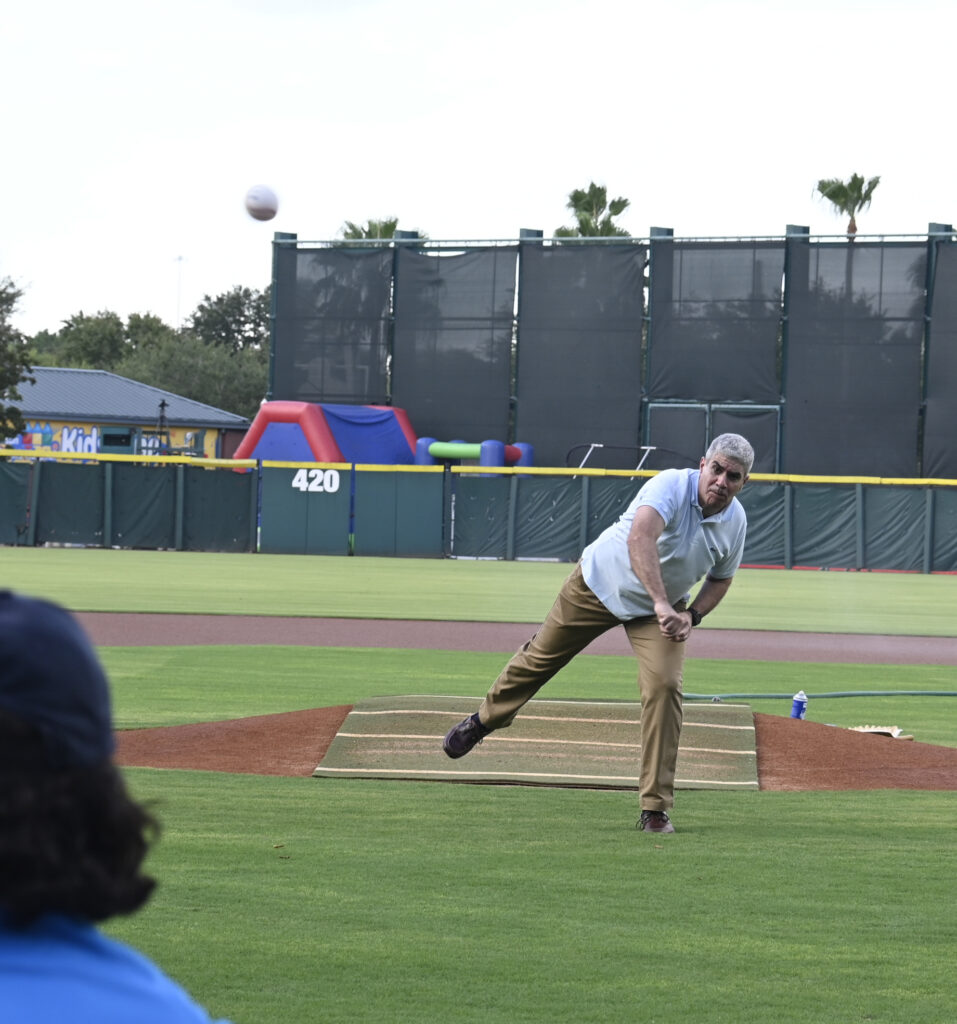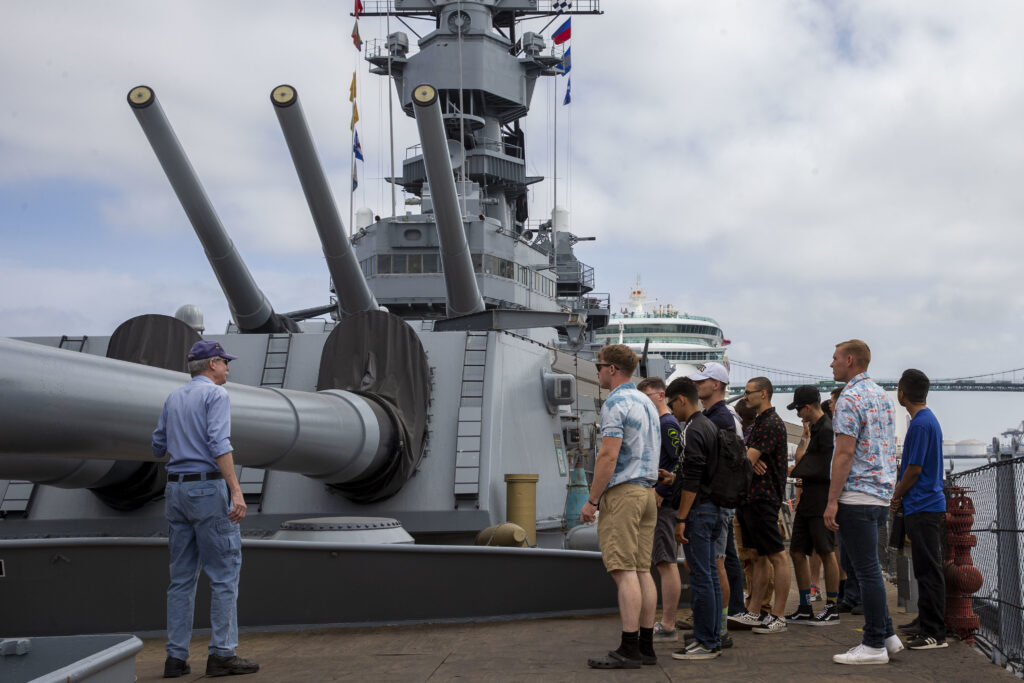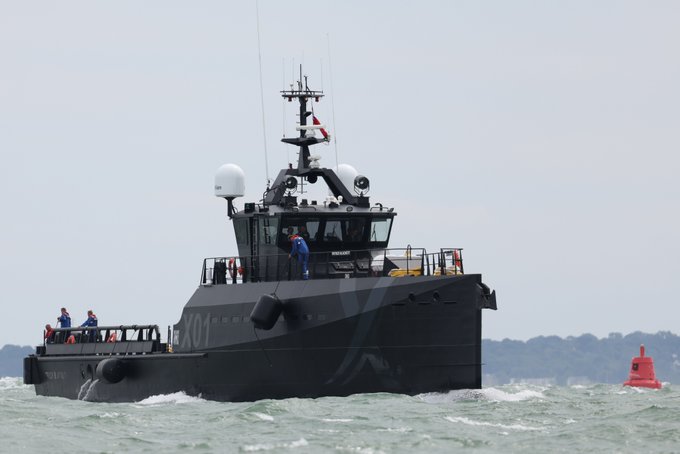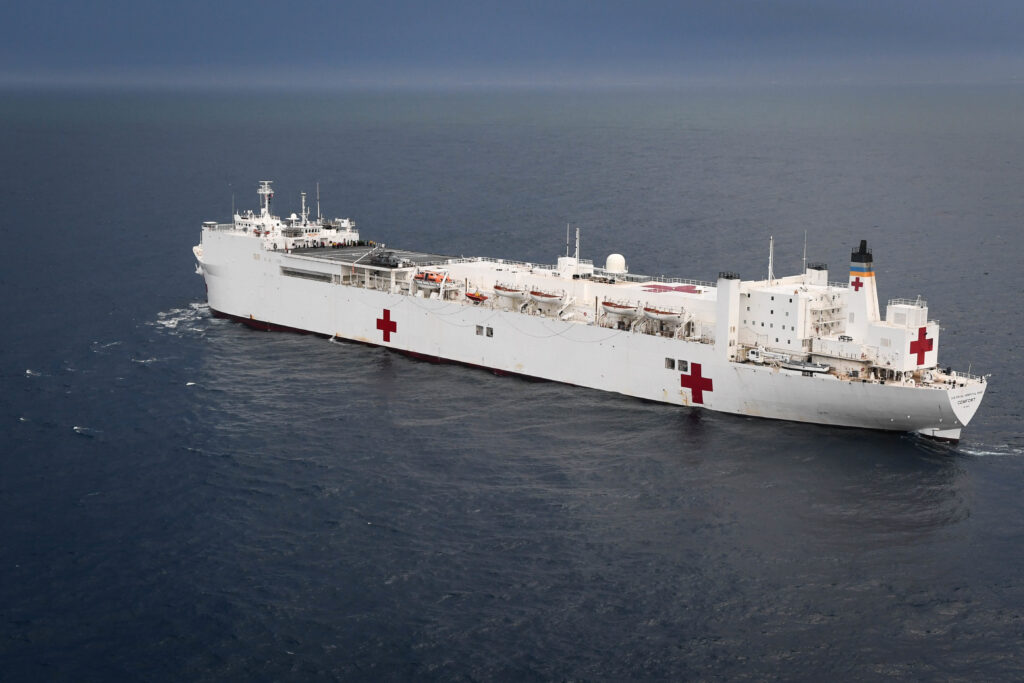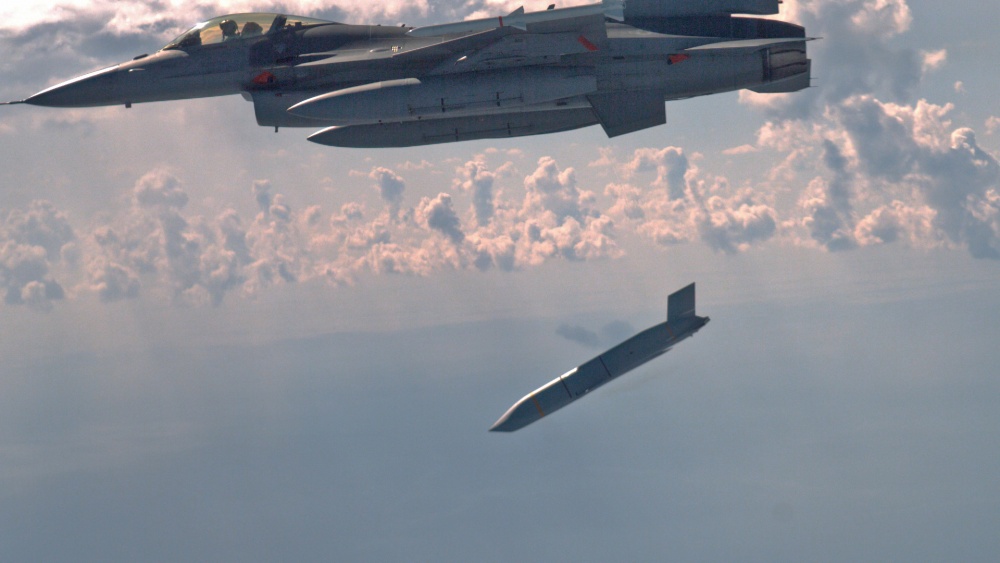NHHC Debuts New Naval History and Research Center

WASHINGTON NAVY YARD — Naval History and Heritage Command held a ribbon-cutting ceremony to showcase its newest conservation and preservation site Aug. 8 at the Washington Navy Yard.
Chief of Naval Operations Adm. Mike Gilday spoke at the event for the new Naval History and Research Center (NHRC). Gilday had attended the new center’s ground-breaking ceremony two years ago.
“History shows that the Navy that adapted better, learned faster and improved faster gained warfighting advantages over the long haul,” said Gilday. “Stories of the past help us heed the warnings of history while helping us to reflect on and sustain our legacy as the world’s premier maritime force.
“This building and the stories and artifacts within will preserve the experiences and lessons of the past; use the Navy’s legacy of valor and sacrifice to inspire current and future generations of Sailors; and let those who serve today know that their sacrifice will always be remembered, honored, and valued,” Gilday said.
The new site, made up of two former ordnance factories and warehouses, has now been refurbished into a single state-of-the-art, two-floor structure that maintains the building’s national historic district status.
“The Washington Navy Yard is significant to the early history of the U.S. Navy, the development of Washington, D.C., and the nation for its role in the manufacturing of ship equipment, advances in ordnance, and naval administration,” said NHHC Director Sam Cox. “Not only will this building continue to be a historic site, but it will be dedicated to preserving all our future naval artifacts.”
NHHC and Naval Facilities Engineering Systems Command Washington began collaborations in 2018 to convert the two adjoining buildings. The NHRC will now house NHHC’s Navy Art Collection and Underwater Archeology Branch of the Collection Management Division and Histories and Archives Division, including the Navy Library and Archives Branch.
These divisions have long served researchers and the public in their research and inquiries about naval history.
Since the early 1800s, the Washington Navy Yard has been a collection point for naval artifacts and trophies. In this effort, the two buildings were converted from munitions storage facilities where they will house artifacts for years to come.
NHHC, located at the Washington Navy Yard, is responsible for preserving, analyzing, and disseminating U.S. naval history and heritage. It provides the knowledge foundation for the Navy by maintaining historically relevant resources and products that reflect the Navy’s unique and enduring contributions through our nation’s history and supports the fleet by assisting with and delivering professional research, analysis, and interpretive services.
NHHC comprises many activities, including the Navy Department Library, the Navy Operational Archives, the Navy art and artifact collections, underwater archeology, Navy histories, 10 museums, the USS Constitution repair facility and the historic ship Nautilus.

